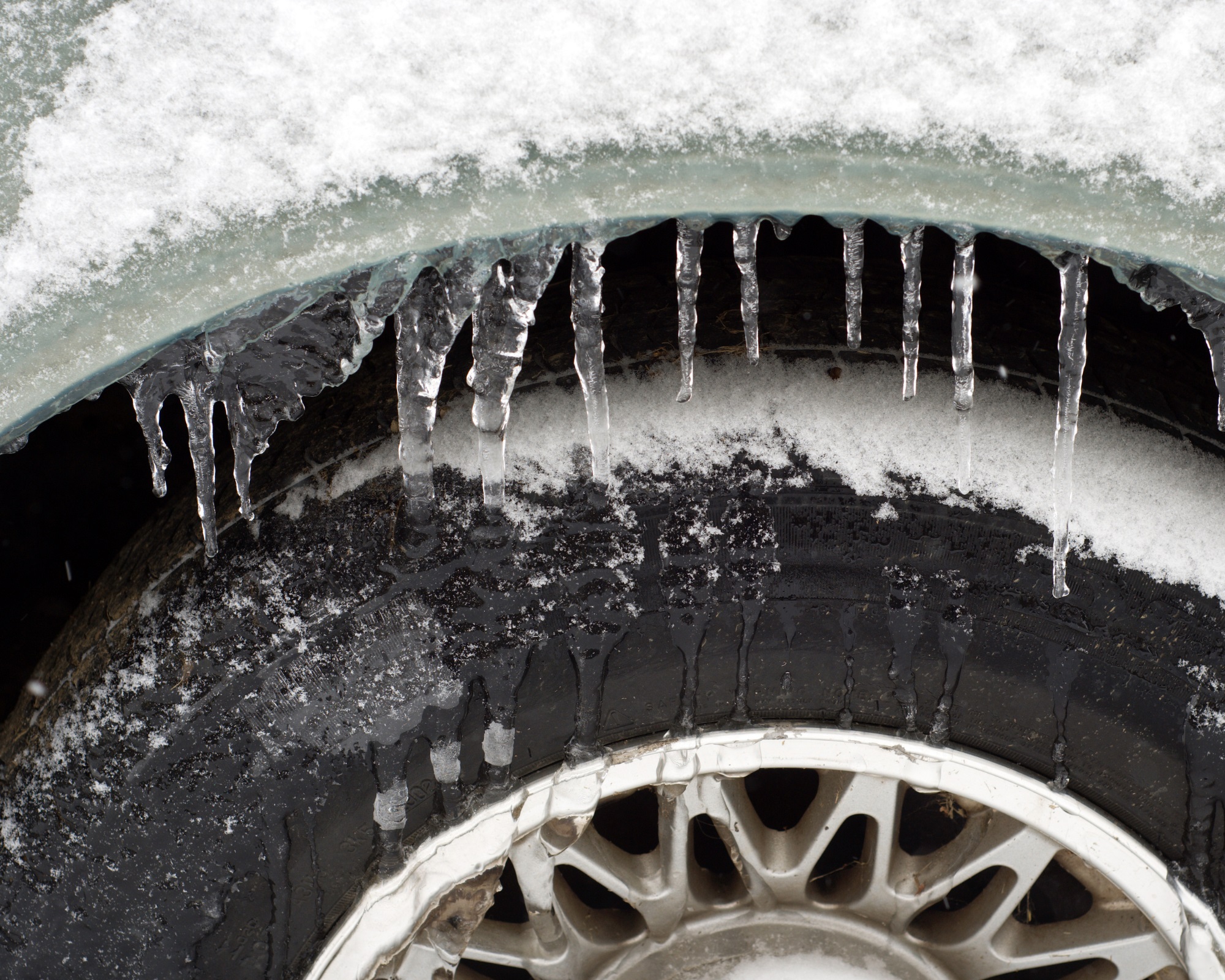17/02/2022 Driving tips

Brrrrrr it’s getting cold outside, time to get road savvy. Read out top winter driving tips and stay safe on the road...
DO plan your travel
Firstly, do you really need to travel? If you do, it's important to pick the right roads and avoid areas that will be particularly weather beaten. Use online maps ahead of a journey to see where traffic is worse and avoid any accident spots.
DO look ahead
It might seem obvious, but looking ahead is the easiest way to stay in control – don’t just concentrate on the end of the bonnet or the car in front.
DON’T ignore road signs
Looking ahead doesn’t just mean seeing what other road users are doing and where the road goes. Road signs and markings can give you lots of important information that can make you safer. They can assist with telling you what the road surface is like, how steep the road is, what the limit is and what might be coming up. None of this should be ignored
DO control your speed
In normal dry road conditions, the two-second rule to the car in front still applies, but in wet weather you need to double this, while in icy conditions this should be up to 10 times greater. Extended separation distances are crucial in poor conditions where the road is slippery and tailgating can be suicidal.
It’s not just grip on the road that can alter things, but visibility can be hugely affected when driving in fog or heavy rain. You see obstacles much later and this impacts on your ability to assess how to respond. Match your speed to visibility: the less you see, the slower you need to drive.
DO drive smoothly
There are a number of factors that can affect a vehicle’s stability, and these can have a greater impact in poor weather.
From applying too much power to braking too abruptly or steering erratically, all of these things can upset the balance of the car and ultimately lead to unsafe situations. Remember to brake, accelerate, change gear and apply steering angle as smoothly as possible. If you’ve looked well ahead, you should be able to slow down early to avoid stamping on the brakes at the last minute.
DON’T take your feet off the pedals
Smooth driving doesn’t mean coasting, though. You shouldn’t ever not be giving the car any input. If you’re not on the brakes, then you should be giving the car some throttle. It’s all about weight transfer. As long as inputs are smooth, you’ll be safe.
DO learn traction control
Traction control is fitted to cars to stop the rear wheels spinning up, and this can be the difference between drivers going in a straight line or spinning in a circle on snowy roads. If the traction control – or ESP – lights are flashing, things have started to go wrong, so be aware if they activate.
DON’T ignore faults
Cracked windscreens, poorly charged batteries or fault lights on your dashboard shouldn’t be ignored. Even if you drive perfectly, a car that isn’t performing at its optimum could cause breakdowns or accidents. A car’s systems are there to help, so make sure your car is free from ills before heading out on the road. The same goes for maintaining your tyres.
DO dress for the climate
Make sure you’ve got a hat, scarves and a winter coat plus blankets and suitable provisions in case you break down and you get stranded at the roadside or stuck in a lengthy traffic jam.
DON’T tailgate
It's a general rule to remain a distance from cars in front to give you enough braking time, and this is exaggerated in inclement weather. Stopping distances can be 10 times longer in slippery areas than in normal conditions. Tailgating is also anti-social, so it’s important to remember to be tolerant of others in general. While you might be comfortable with adverse conditions, others might not.
Holly Grange
Holly Lane
Balsall Common
Coventry
CV7 7EB

